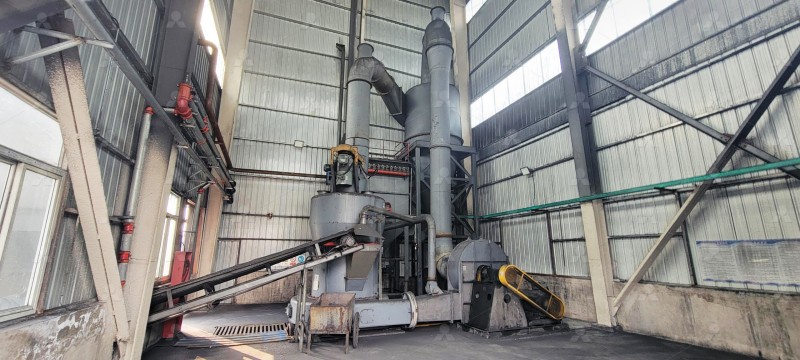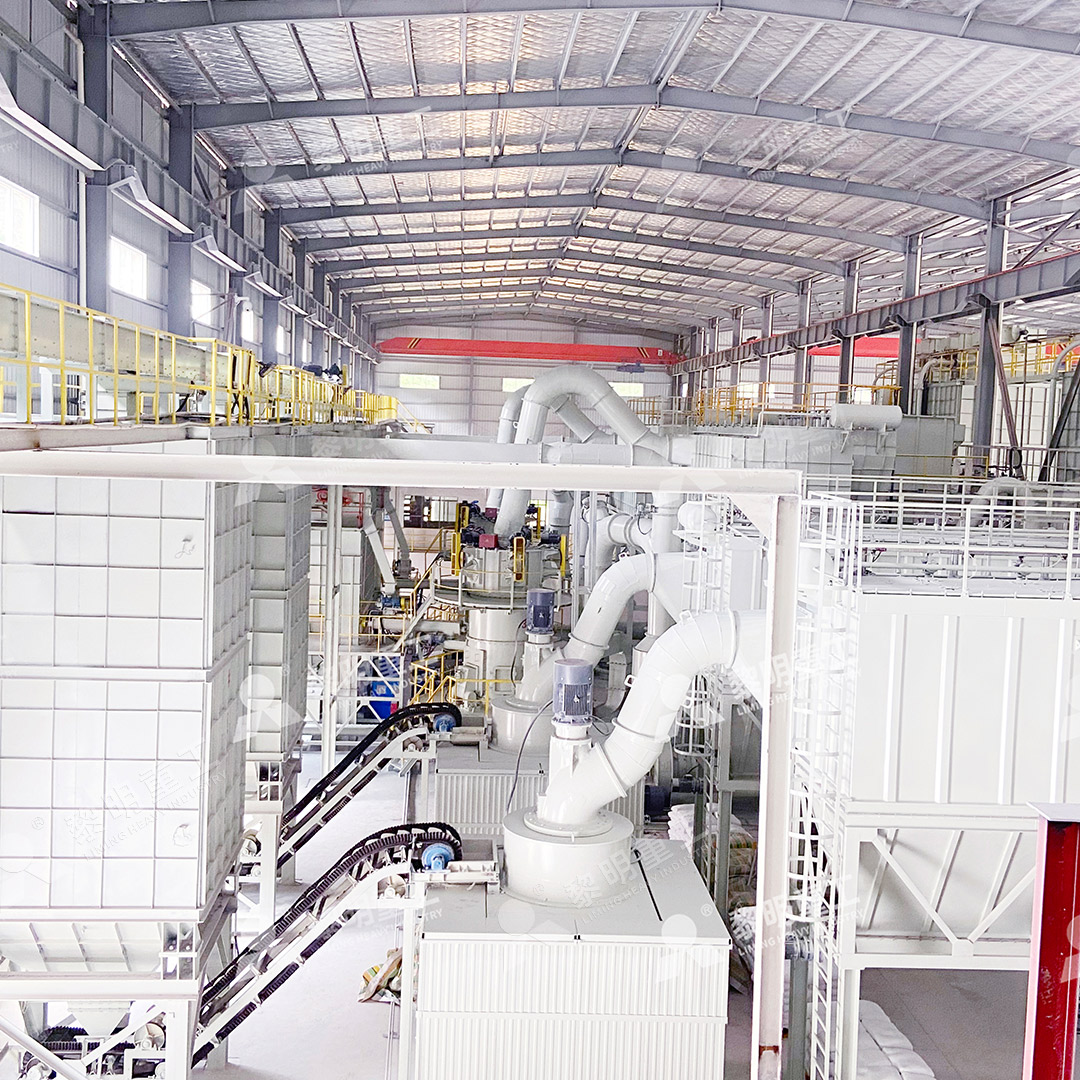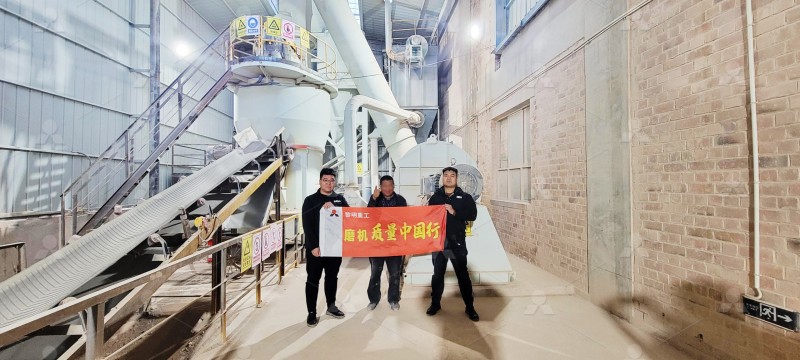Raymond Mill for 250 Mesh Limestone with 5TPH Output in CFB Process System Cost
Optimizing Limestone Grinding for Circulating Fluidized Bed Systems
When designing a Circulating Fluidized Bed (CFB) process system requiring 250 mesh limestone powder at 5 tons per hour, equipment selection becomes critical to both operational efficiency and total cost of ownership. Many plant managers face the challenge of balancing initial investment against long-term performance metrics, particularly when dealing with abrasive materials like limestone.

Traditional Raymond Mill systems have served the industry for decades, offering reliable performance for medium-fine grinding applications. However, technological advancements have introduced more efficient alternatives that can significantly impact your bottom line. The key considerations for 250 mesh limestone production include particle size distribution consistency, energy consumption per ton, and maintenance requirements.
Technical Requirements for CFB Limestone Injection
CFB boilers require precisely sized limestone powder to achieve optimal sulfur capture efficiency. At 250 mesh (approximately 60 microns), the material must demonstrate consistent sizing with minimal oversize particles that could reduce reactivity. The 5TPH capacity represents a mid-range requirement that demands equipment with both precision and reliability.
Our analysis indicates that while conventional Raymond Mills can technically achieve this specification, they often operate at the upper limit of their capacity range, resulting in higher wear rates and inconsistent product quality. This is where advanced grinding technologies demonstrate their value proposition.

Advanced Grinding Solutions for Enhanced Performance
For operations requiring 250 mesh limestone at 5TPH, we typically recommend our MW Ultrafine Grinding Mill as the optimal solution. This machine represents a significant advancement over traditional grinding systems, specifically engineered for customers who need to make ultra-fine powder with exceptional efficiency.
The MW Series delivers several critical advantages for CFB applications:
- Higher yielding at lower energy consumption – production capacity is 40% higher than jet grinding mills with system energy consumption only 30% of jet grinding mills
- Precise fineness control between 325-2500 meshes with screening rate achieving d97≤5μm once
- No rolling bearings or screws in the grinding chamber eliminates common failure points
- Integrated pulse dust collector ensures environmentally compliant operation
With an input size of 0-20mm and capacity range of 0.5-25TPH, the MW Ultrafine Grinding Mill operates comfortably within your specified parameters, providing reserve capacity for future expansion while maintaining optimal efficiency at your target output.
Cost Analysis: Beyond the Initial Investment
When evaluating the total cost of ownership for a limestone grinding system in CFB applications, consider these often-overlooked factors:
- Energy Efficiency: The MW Ultrafine Grinding Mill reduces power consumption by 30-50% compared to conventional systems, representing substantial operational savings
- Maintenance Requirements: With no rolling bearings in the grinding chamber and external lubrication capability, maintenance downtime is significantly reduced
- Wear Part Longevity: Advanced materials in grinding components extend service intervals, reducing both part replacement costs and production interruptions
- Environmental Compliance: Integrated dust collection and noise reduction systems eliminate the need for additional pollution control equipment

For operations requiring slightly different parameters, our LUM Ultrafine Vertical Grinding Mill presents another excellent option. With input size of 0-10mm and capacity of 5-18TPH, it features unique roller shell and lining plate grinding curves that generate material layers more easily, achieving high rates of finished products through single-pass milling.
System Integration Considerations
Successful implementation requires proper integration with existing CFB infrastructure. Our engineers work closely with clients to ensure seamless integration of the grinding system with material handling, storage, and injection components. The digitalized processing of our grinding equipment ensures higher precision and compatibility with modern plant control systems.
Frequently Asked Questions
Can traditional Raymond Mills achieve 250 mesh limestone at 5TPH?
While possible, conventional Raymond Mills typically operate at reduced efficiency and higher wear rates at this specification. Modern ultrafine grinding technologies offer better long-term economics.
What is the typical energy consumption for grinding 250 mesh limestone?
Advanced systems like the MW Ultrafine Grinding Mill consume approximately 30-50% less energy than conventional mills for the same output, with exact figures depending on material characteristics.
How does fineness affect CFB boiler performance?
Consistent 250 mesh powder ensures optimal surface area for sulfur capture reactions. Oversize particles reduce efficiency, while excessive fines can create handling issues.
What maintenance intervals can we expect?
The MW Series requires significantly less maintenance than traditional mills, with wear parts typically lasting 1.7-2.5 times longer than conventional components.
Can the system handle variations in raw material quality?
Yes, both the MW and LUM series incorporate advanced control systems that automatically adjust to maintain consistent output quality despite feed variations.
